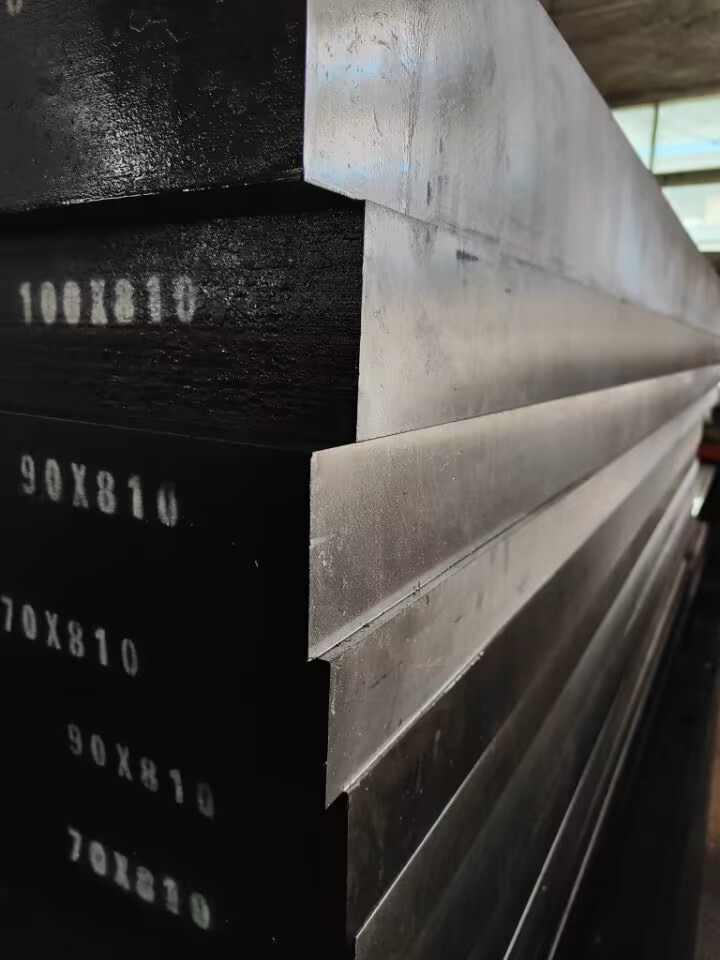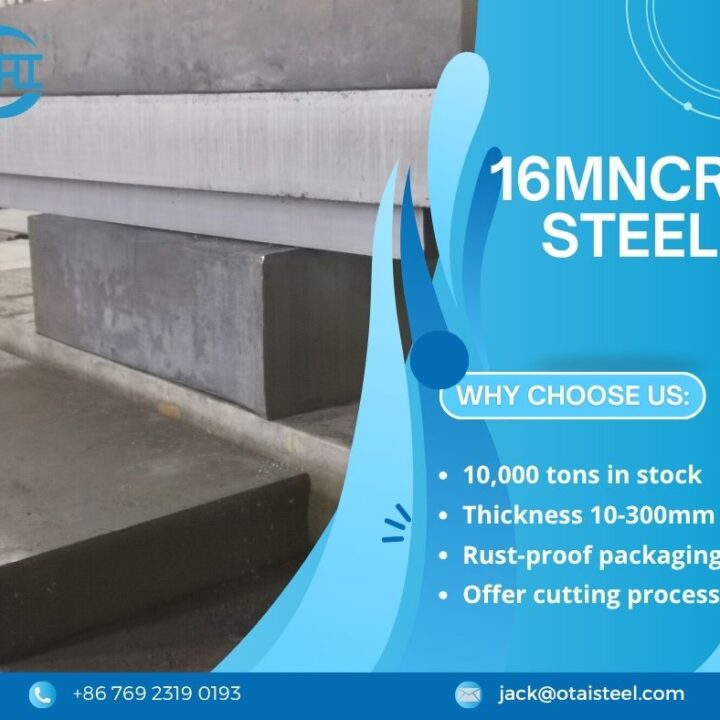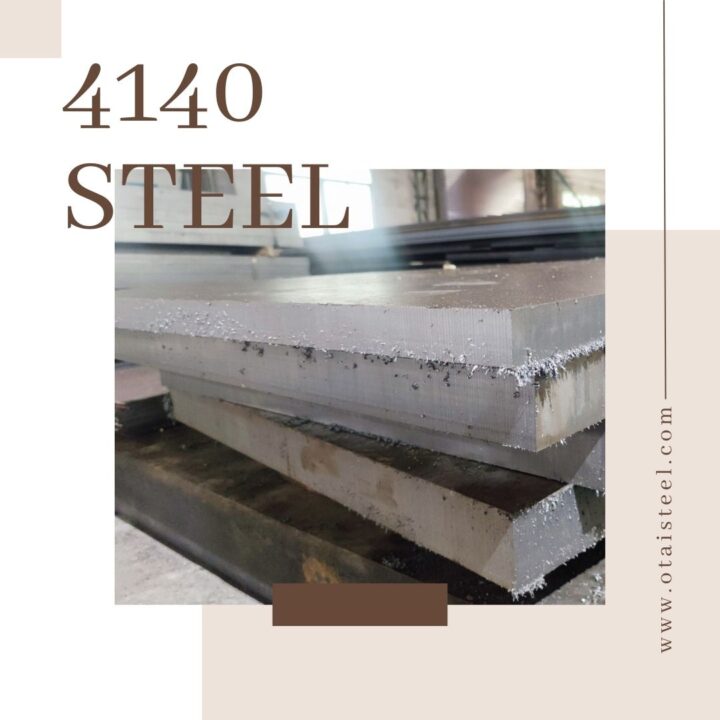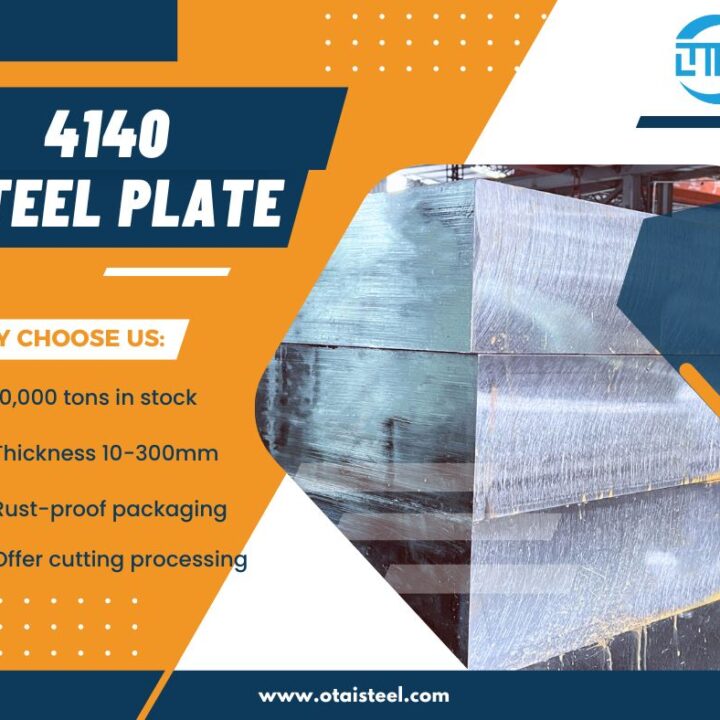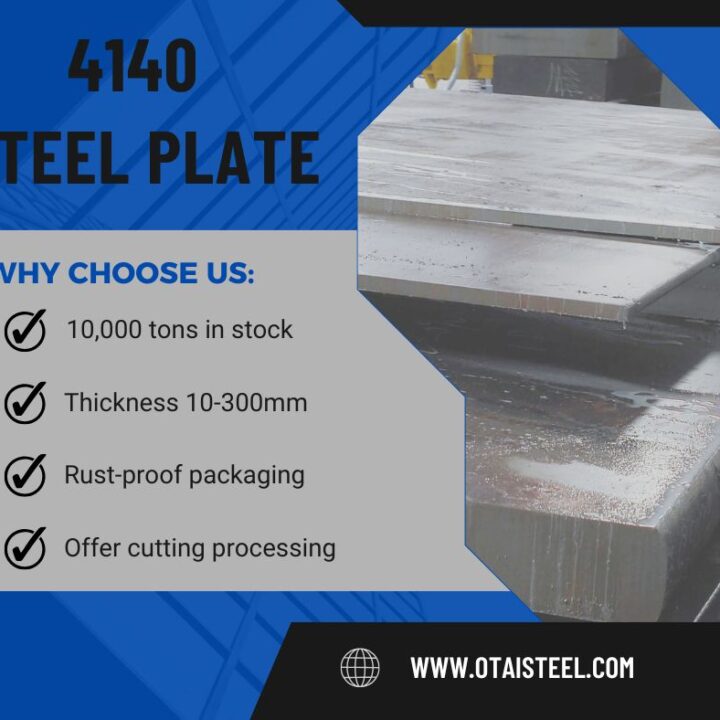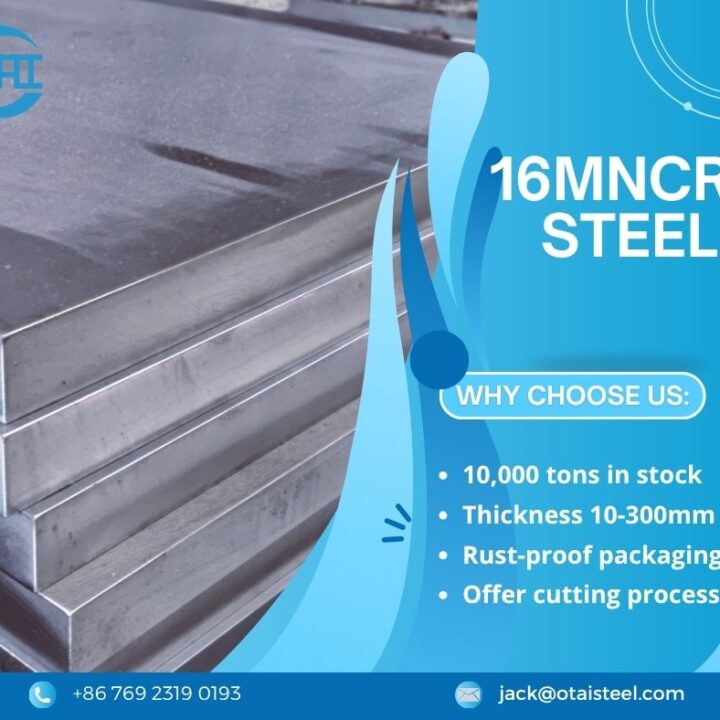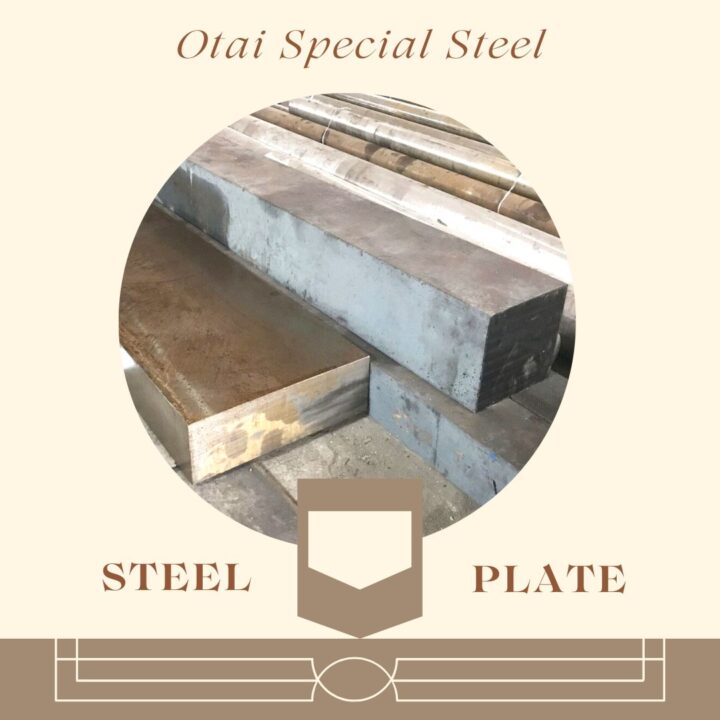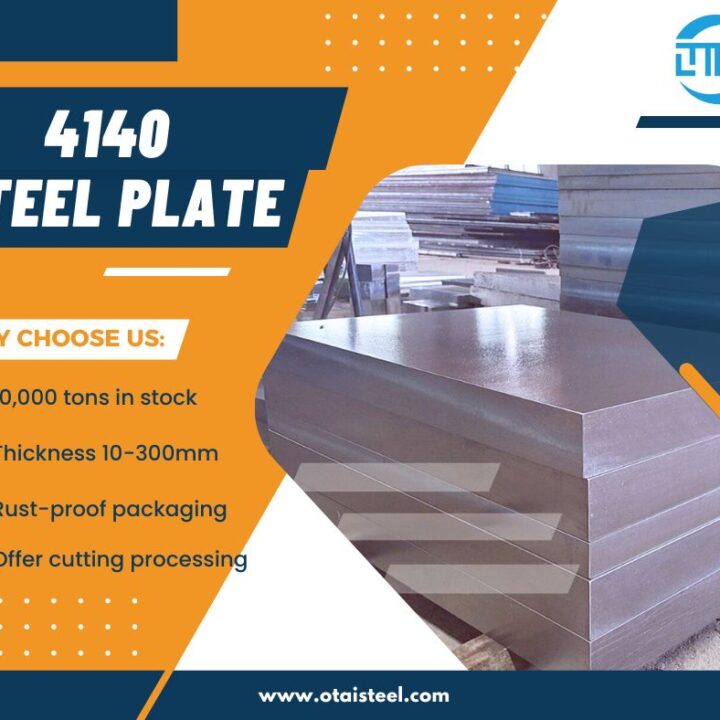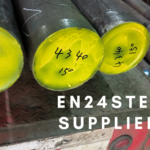Before diving into hardness, let’s understand what 1.2085 steel is. 1.2085 is a high-carbon, high-chromium tool steel known for its impressive wear resistance, toughness, and corrosion resistance. It’s a versatile material used in various applications, including molds, cutting tools, and industrial parts.
The Significance of Hardness
Hardness is a fundamental material property that measures a material’s resistance to deformation or scratching. In the context of steel, hardness directly influences its performance and suitability for specific tasks. Harder steels are typically more wear-resistant, making them ideal for cutting, shaping, and forming applications.
How is 1.2085 Steel Hardness Measured?
The Rockwell hardness test is commonly used to measure the hardness of steel, including 1.2085. It involves pressing a penetrator into the steel’s surface and measuring the depth of penetration. The hardness is expressed as an HRC (Rockwell Hardness C-scale) value.
1.2085 Steel Hardness Properties
1.2085 exhibits a high level of hardness, typically falling within the range of 54-62 HRC. This exceptional hardness makes it suitable for various applications where wear resistance is crucial. Its composition, with high carbon and chromium content, contributes to this remarkable property.
Applications of 1.2085 Steel Hardness
Due to its high hardness, 1.2085 finds applications in several industries, including:
Molds and Dies: It’s commonly used for making molds and dies for plastics, rubber, and die casting due to its ability to maintain sharp edges.
Cutting Tools: The hardness of 1.2085 steel makes it ideal for cutting tools like knives, blades, and shears.
Industrial Components: Parts requiring high strength and wear resistance, such as gears and shafts, benefit from the hardness of this steel.
Medical Instruments: The corrosion resistance, coupled with hardness, is valuable for medical instruments and equipment.
Aerospace Components: Some aerospace components demand high hardness for durability in extreme conditions.
Importance of Balancing Hardness with Toughness
While hardness is crucial, it’s essential to maintain a balance with toughness, as extremely hard steel can be brittle. 1.2085 is known for its combination of hardness and toughness, reducing the risk of breakage during use.
The hardness of 1.2085 is a critical factor that contributes to its versatility and suitability for various industrial applications. Its ability to maintain sharp edges, resist wear, and withstand corrosion makes it a valuable material in manufacturing.
